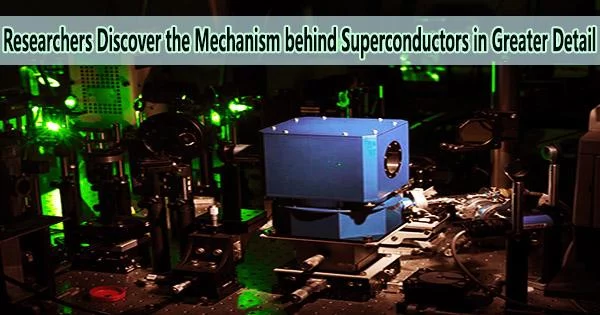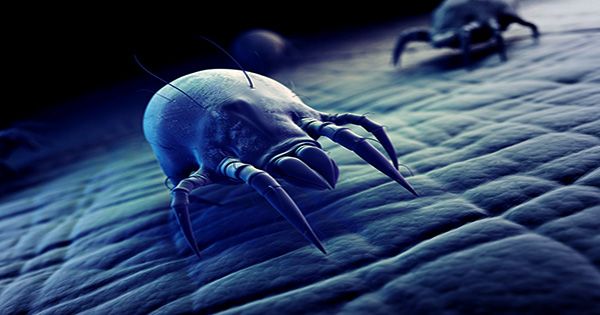Superconductors are materials that can conduct electricity with zero resistance, meaning that electrical current can flow through them without any loss of energy. It was first observed in 1911 by Dutch physicist Heike Kamerlingh Onnes, who discovered that mercury’s electrical resistance disappeared entirely when it was cooled to very low temperatures.
Physicists at Leipzig University have once again gained a deeper understanding of the mechanism behind superconductors. This brings the research group led by Professor Jürgen Haase one step closer to their goal of developing the foundations for a theory for superconductors that would allow current to flow without resistance and without energy loss.
The scientists discovered that even under pressure, the copper and oxygen in superconducting copper-oxygen links, or cuprates, must have a highly particular charge distribution.
This confirmed their own findings from 2016, when Haase and his team developed an experimental method based on magnetic resonance that can measure changes that are relevant to superconductivity in the structure of materials. They were the first team in the world to find a material property that can be measured and predict the highest feasible transition temperature, which is a prerequisite for achieving superconductivity at ambient temperature.
Now they have discovered that cuprates, which under pressure enhance superconductivity, follow the charge distribution predicted in 2016. The researchers have published their new findings in the journal PNAS.
“The fact that the transition temperature of cuprates can be enhanced under pressure has puzzled researchers for 30 years. But until now we didn’t know which mechanism was responsible for this,” Haase said. He and his colleagues at the Felix Bloch Institute for Solid State Physics have now come a great deal closer to understanding the actual mechanism in these materials.
“At Leipzig University with support from the Graduate School Building with Molecules and Nano-objects (BuildMoNa) we have established the basic conditions needed to research cuprates using nuclear resonance, and Michael Jurkutat was the first doctoral researcher to join us. Together, we established the Leipzig Relation, which says that you have to take electrons away from the oxygen in these materials and give them to the copper in order to increase the transition temperature. You can do this with chemistry, but also with pressure. But hardly anyone would have thought that we could measure all of this with nuclear resonance,” Haase said.
The fact that the transition temperature of cuprates can be enhanced under pressure has puzzled researchers for 30 years. But until now we didn’t know which mechanism was responsible for this.
Professor Jürgen Haase
According to Haase, their recent research result might be exactly what is required to create a superconductor at room temperature, which has long been the goal of many physicists and is now anticipated to be accomplished in just a few more years.
Only extremely cold temperatures around minus 150 degrees Celsius and below which are difficult to find anywhere on Earth have been necessary for this to be possible thus far. A Canadian study team confirmed the 2016 results of Professor Haase’s team using freshly created, computer-aided calculations, which theoretically supported the results.
Numerous applications of superconductivity are already in use today, such as nuclear fusion and the magnets used in MRI equipment. However, if superconductors could operate at ambient temperature, it would be more simpler and less expensive.
The practical applications of superconductors are many and varied, from high-speed trains that float above magnetic rails to powerful electromagnets used in medical imaging devices and particle accelerators.
The phenomenon of superconductivity was discovered in metals as early as 1911, but even Albert Einstein did not attempt to come up with an explanation back then. Before the BCS theory gave an explanation of superconductivity in metals in 1957, nearly fifty years had passed.
In 1986, the discovery of superconductivity in ceramic materials (cuprate superconductors) at much higher temperatures by physicists Georg Bednorz and Karl Alexander Müller raised new questions, but also raised hopes that superconductivity could be achieved at room temperature.
















